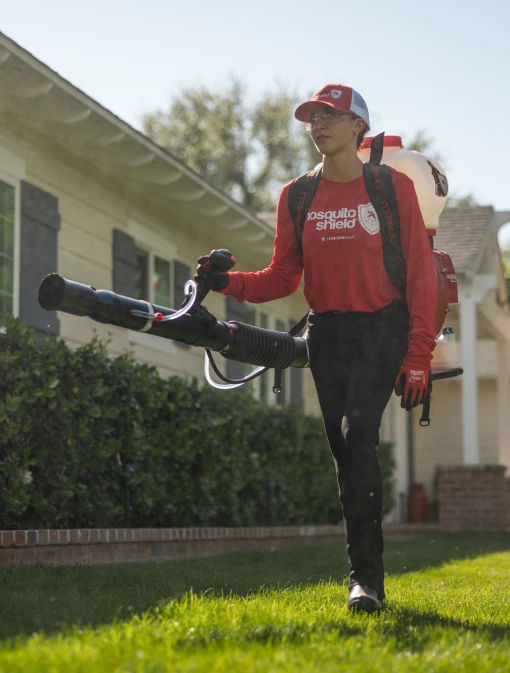Our mosquito control services are tailored specifically for Tampa’s unique environment, offering a powerful and effective solution that has been fine-tuned over the past 20 years. Designed to handle the area’s warm, humid climate and frequent storms, our treatments not only eliminate mosquitoes on contact but also provide ongoing protection. With a focus on both immediate relief and long-term prevention, we help you enjoy your outdoor spaces without the constant nuisance of mosquitoes.

Our treatment instantly targets and eliminates mosquitoes in Tampa’s warm, mosquito-prone environment for immediate relief.

By addressing mosquito breeding hotspots commonly found in Tampa, we help reduce population growth and control future infestations.
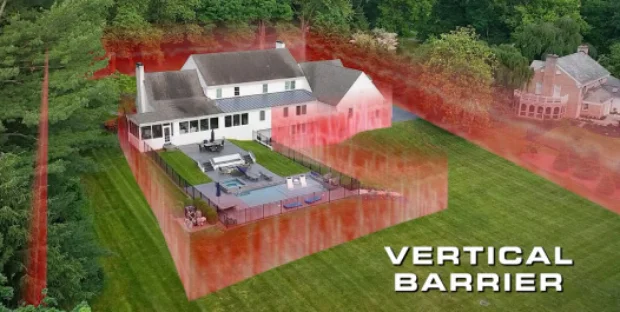
Our solution forms a virtual barrier specifically designed to withstand Tampa’s weather, keeping mosquitoes out and allowing you to enjoy your yard.

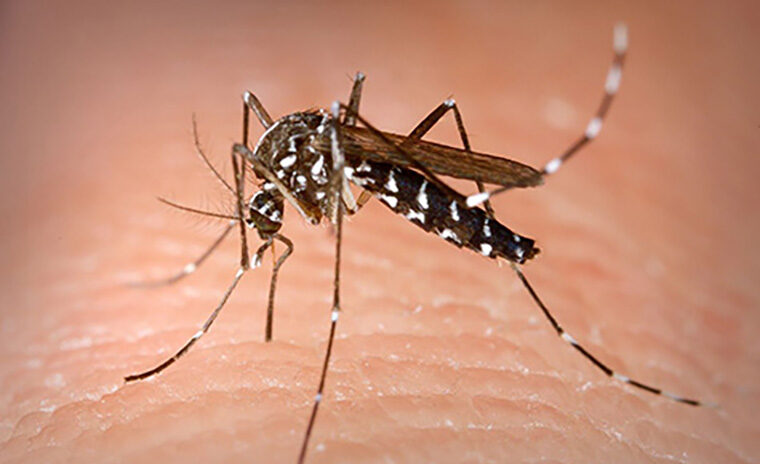
- Known to transmit diseases like dengue, Zika, and chikungunya.
- Breeds in small containers of standing water.
- Easily identified by white markings on its legs and body.

- These mosquitoes are found near salt flats and mangrove forests.
- They breed in saline and brackish waters.
- They can be very aggressive biters.
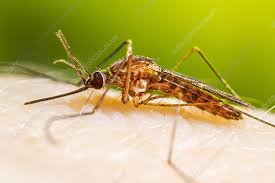
- Found near swamps, ponds, and marshy areas around Tampa. - Prefers clean, still water for breeding. - Bites at dusk and dawn, and tends to rest indoors afterward.
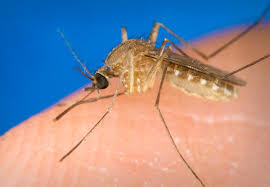
- Common around storm drains, drainage ditches, and neglected pools. - Breeds in polluted or stagnant water with organic material. - Most active at night and often bites people while they sleep.
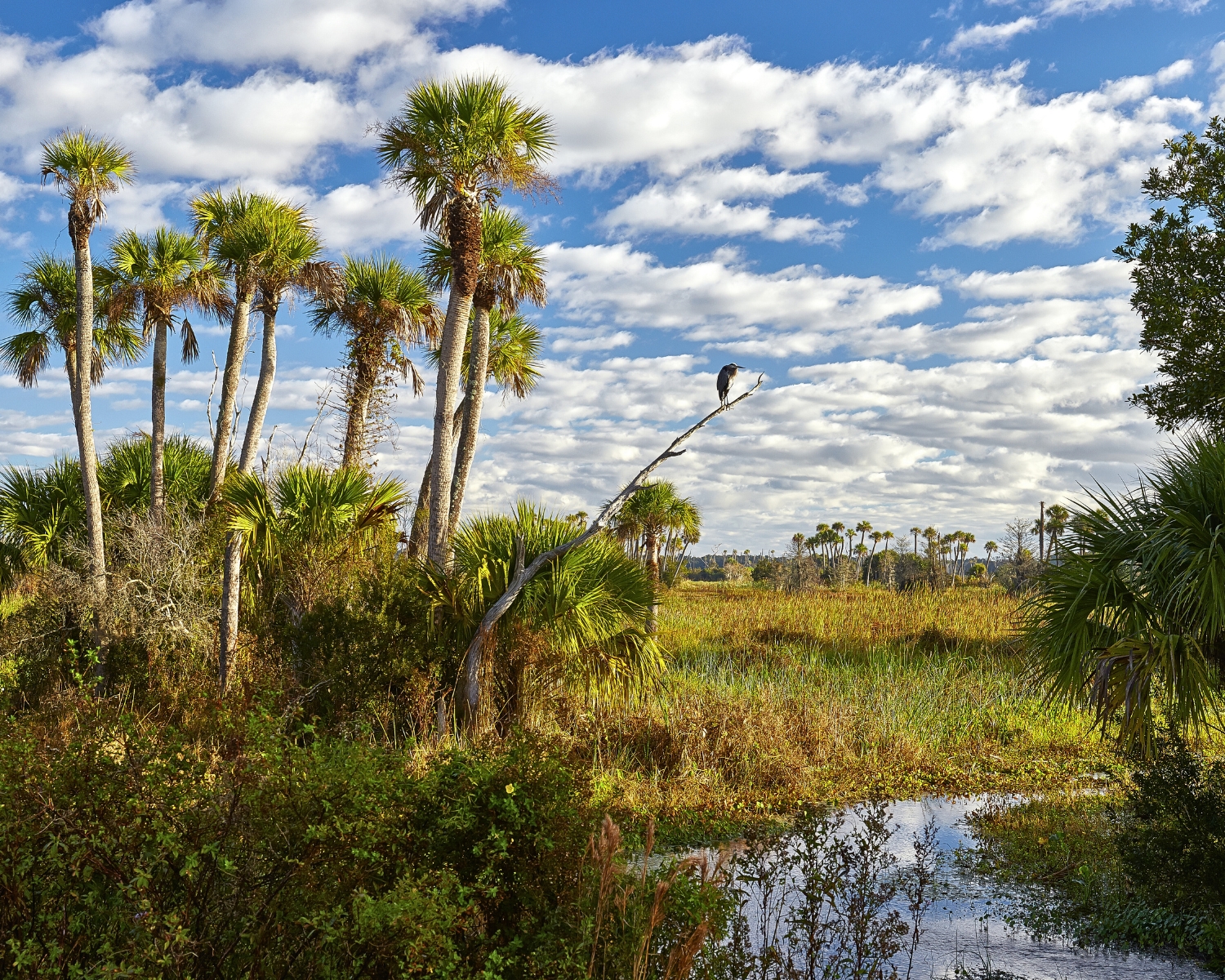
Examples: Hillsborough River State Park, Upper Tampa Bay Conservation Park, Lettuce Lake Park
These areas feature shallow, stagnant water and dense vegetation—an ideal environment for mosquito breeding.
Wetlands around Tampa support large populations of mosquitoes, especially species like *Aedes taeniorhynchus* and *Culex quinquefasciatus*, which are highly active and often carry disease.
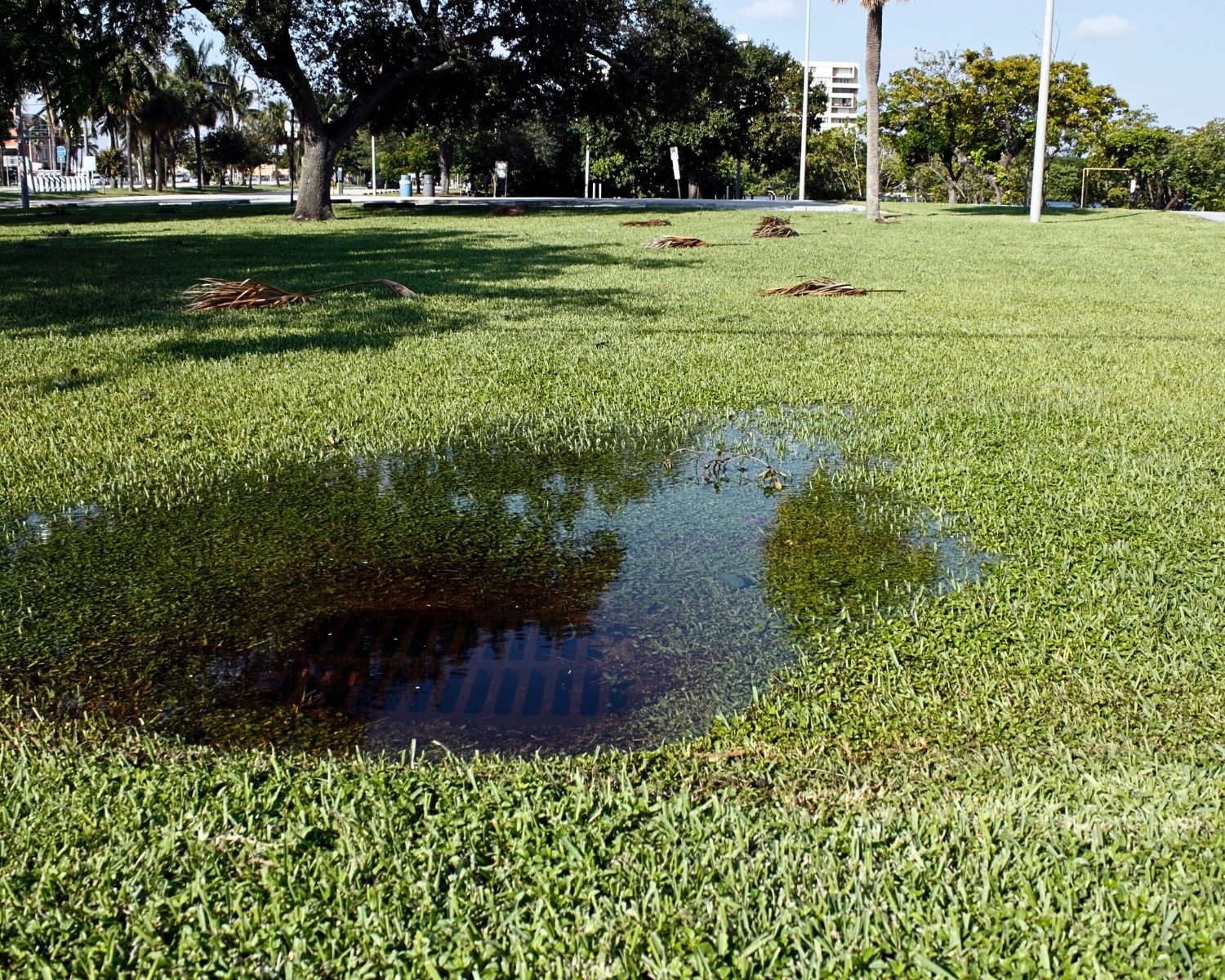
Features: Clogged storm drains, neglected gutters, and low-lying areas that collect water after Tampa’s frequent rainstorms.
These environments are prime breeding grounds for mosquitoes like *Culex* species, which are known carriers of West Nile virus and can thrive even in small amounts of standing water.

Examples: Tampa Bay shoreline, Davis Islands, Bayshore Boulevard, and areas near McKay Bay
Calm, brackish water combined with surrounding vegetation creates an attractive habitat for mosquito activity.
These locations draw in both locals and visitors for outdoor activities, making mosquito presence not only a nuisance but also a public health concern.
Our unique approach to mosquito control delivers proven, effective results you can rely on. With treatments designed for rapid impact, you’ll notice a significant reduction in mosquito activity shortly after the first application. Our method ensures your outdoor spaces become more enjoyable quickly.
Any mosquitoes living around active areas of the home will be killed on contact with our proprietary formula. We train our technicians to target these areas so we can maximize the effectiveness of the spray.
Female mosquitoes are attracted to the scents we emit. Our proprietary formula is specially created to mask them. Once our treatment has been applied, mosquitoes will avoid your property.
As treatments are performed, a vertical barrier is established which strengthens with each mosquito control service visit. This will shield your yard from pesky mosquitoes.
Experience the most comprehensive mosquito and pest control service designed for the Southern U.S. climate, helping you enjoy your outdoor spaces in Tampa without the nuisance of pests. Here’s what to expect:

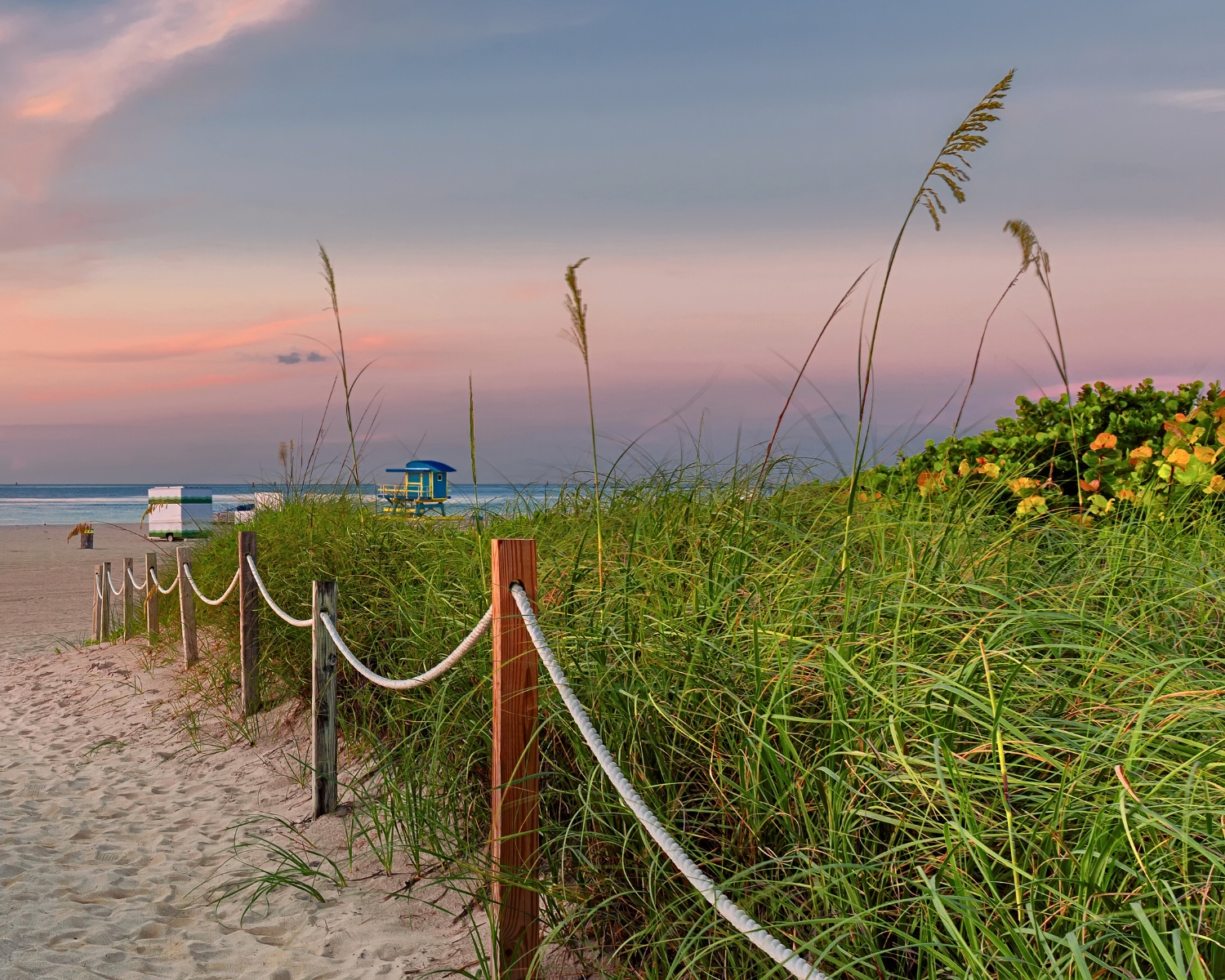
Key Activity: Mosquito season kicks off early in Tampa as temperatures consistently stay above 70°F.
Breeding: Spring showers leave behind plenty of standing water in containers, gutters, and low-lying areas—perfect for mosquito eggs to hatch and populations to surge.
Common Species Active:
*Aedes aegypti* (Yellow Fever Mosquito): Known for breeding in containers and biting during the day.
*Culex quinquefasciatus* (Southern House Mosquito): Prefers dirty, stagnant water—common in storm drains and neglected pools.
Behavior:Mosquito activity is already high by late spring, especially after heavy rainstorms. You’ll notice more daytime bites as *Aedes* species become active.

Key Activity: This is the height of mosquito season in Tampa—hot, humid, and buzzing with activity.
Breeding: Daily summer thunderstorms and consistent heat create ideal conditions for explosive mosquito breeding in any standing water—buckets, tarps, marshes, you name it.
Common Species Active:
*Aedes taeniorhynchus* (Black Salt Marsh Mosquito): Common along the coast and extremely aggressive.
*Culex quinquefasciatus*: Still going strong, especially near residential drainage areas.
Behavior:Mosquitoes are aggressive and active all day long—mornings, evenings, and even midday for some species. Bites peak during this time and can make outdoor time miserable without proper treatment.
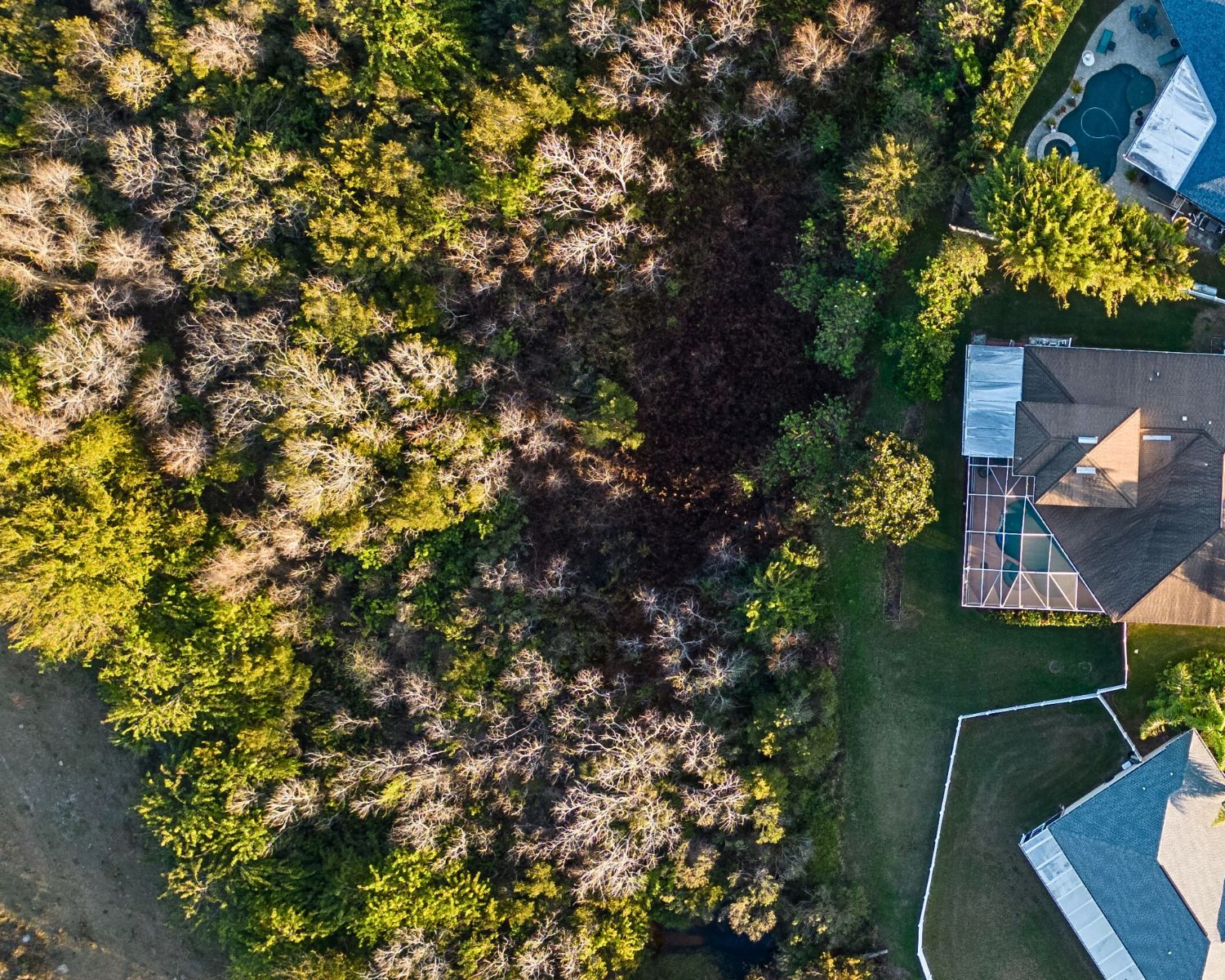
Key Activity: Mosquito activity slows slightly, but thanks to Tampa’s mild fall temperatures, they’re still hanging around.
Breeding: Late-season rainstorms can still leave puddles and pools behind, keeping the breeding cycle going longer than in northern climates.
Common Species Active:
*Aedes aegypti*: Continues to breed in containers and shaded areas.
*Culex species*: Begin to taper off activity but are still capable of biting on warm evenings.
Behavior: Activity declines compared to summer, but don’t be surprised by occasional bites—especially during dusk and after storms.
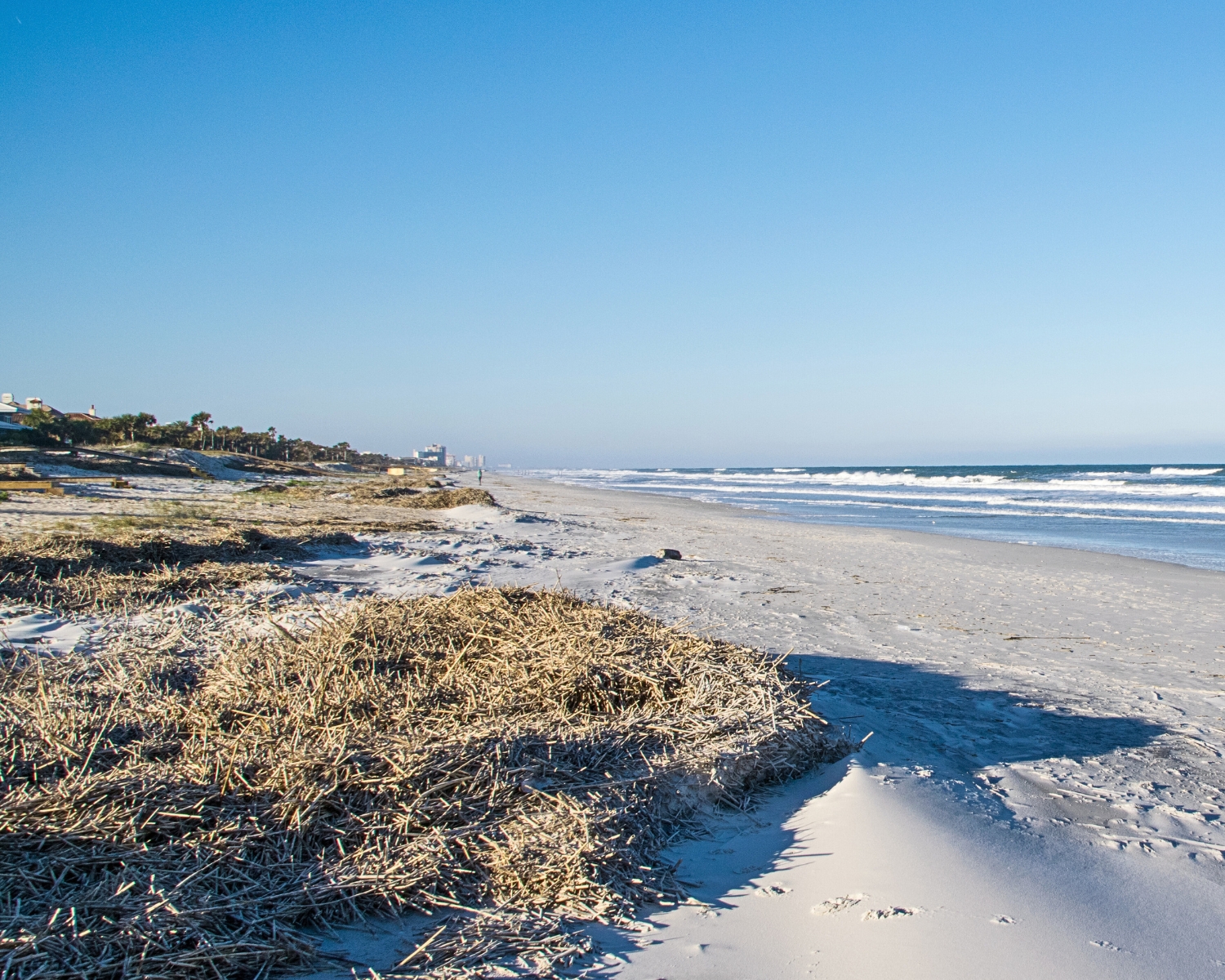
Key Activity: Mosquitoes in Tampa don’t fully disappear—they just slow down when temperatures drop below 60°F.
Eggs: Many *Aedes* mosquitoes lay drought-tolerant eggs that sit dormant until spring rains return.
Adults: Some *Culex* mosquitoes may survive the mild winter in protected areas like crawl spaces, sheds, and tree cover.
Behavior: Activity is low, but not gone—warm spells or wet weather can still spark temporary mosquito surges.
